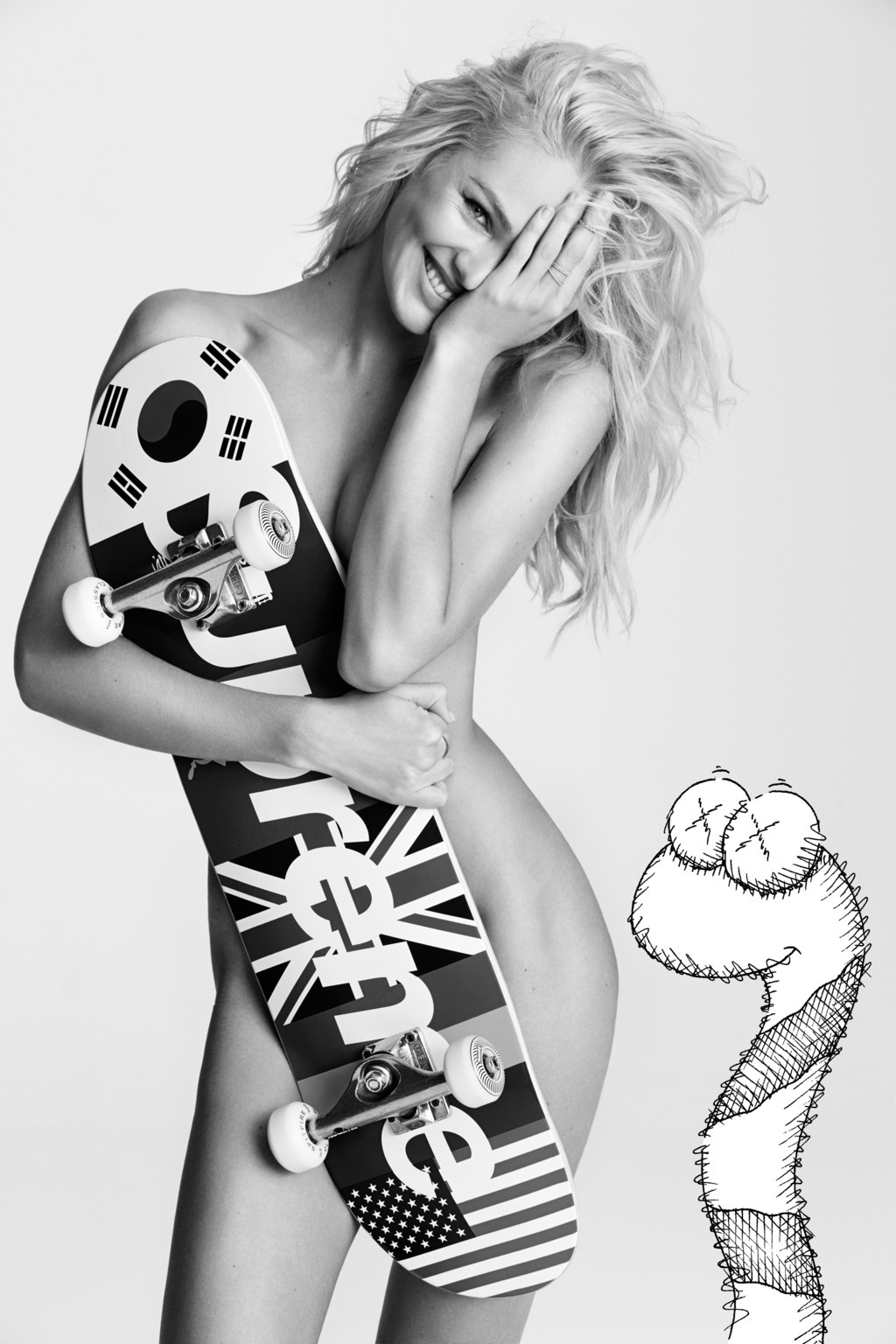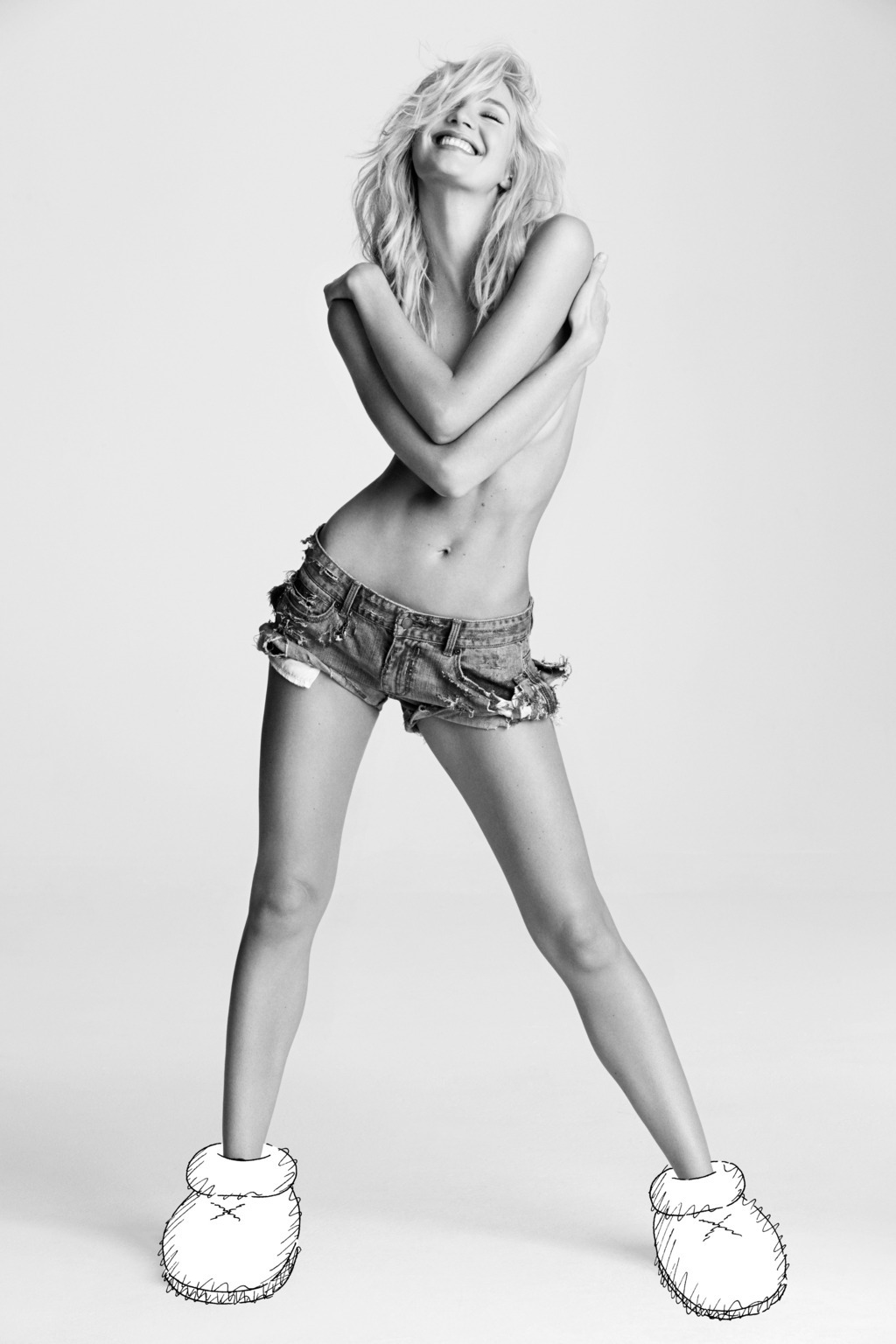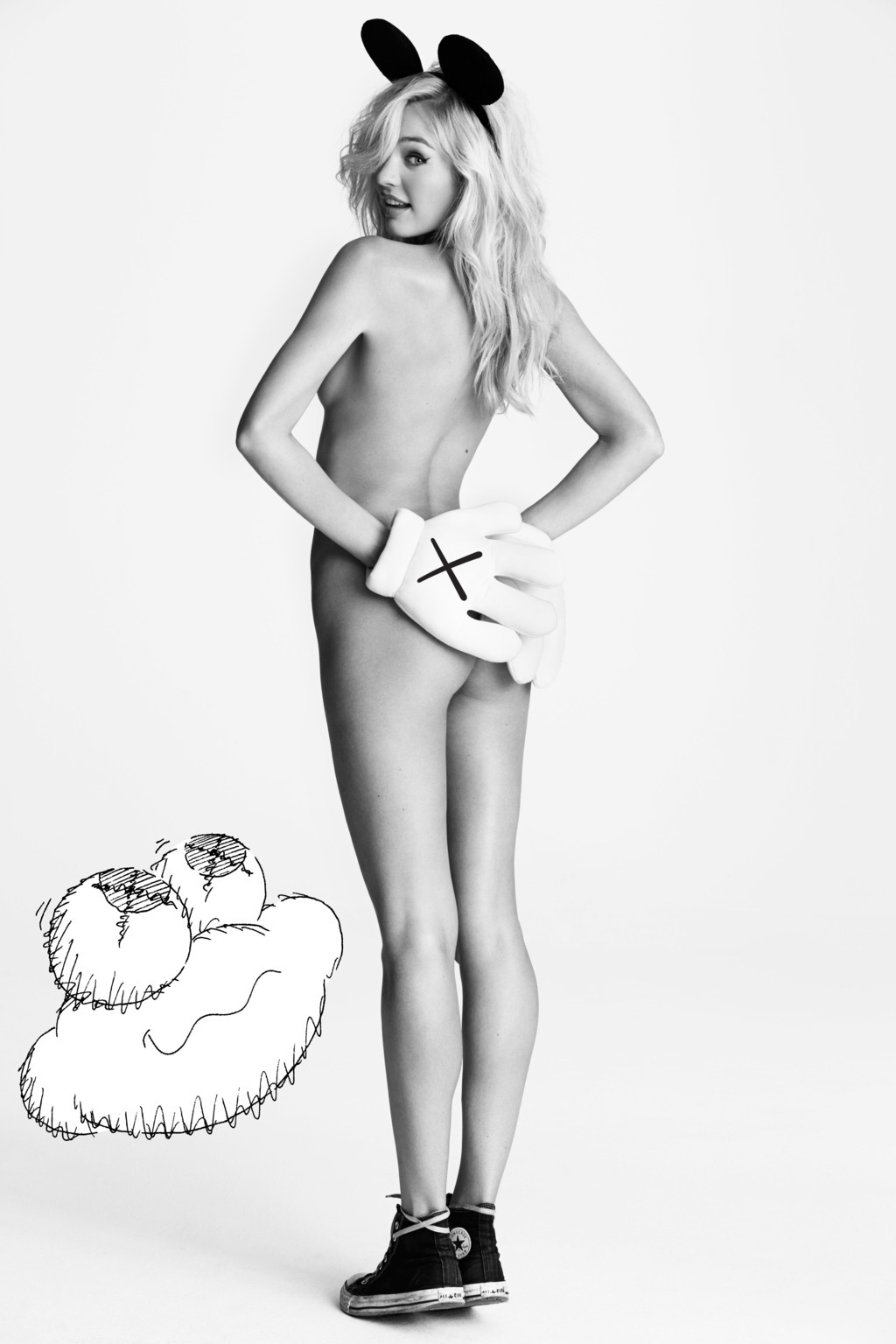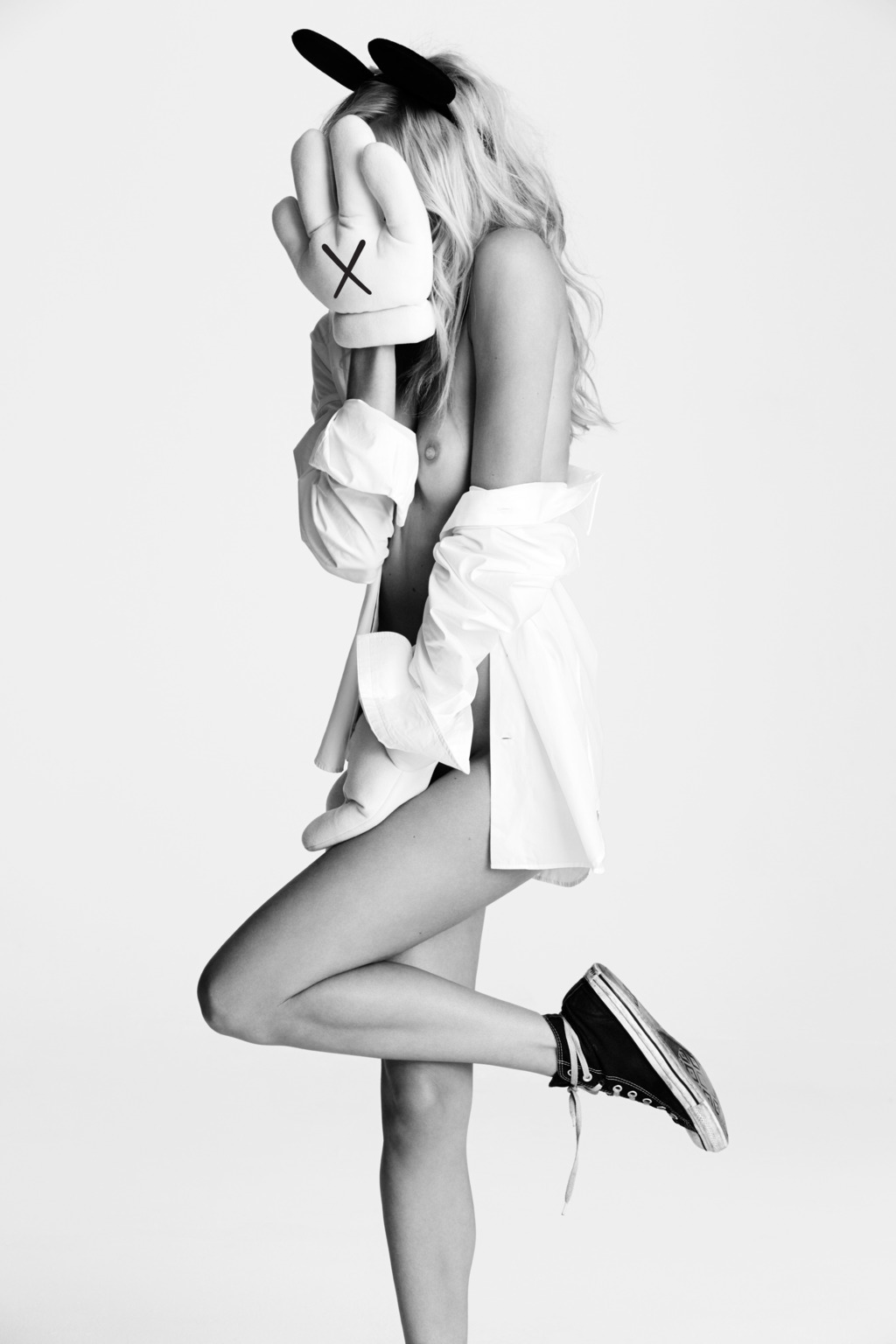Brash and bright, in the 1950s and 60s pop art democratized an institution that had long placed itself beyond the reach of many. Warhol won the hearts of the masses with canvases crammed full of Campbell soup cans and Lichtenstein took comic art to explosive new heights as colour begun to flood the world in modern art museums and on TV screens alike.
Sophie Persson, Assistant Curator of the Barbican Art Gallery’s exhibition Pop Art Design describes some of the key catalysts in the success of the pop art movement: “In essence it was a fascination with everyday life as espoused by the media – particularly advertising and television, and a preoccupation with materiality and process… The 1960s were a time when the dissemination of media was speeding up, advertising was becoming ever more sophisticated, international travel, while still exclusive and glamorous, was becoming more normal, research into new technologies were generating huge excitement from the development of plastic and other materials to the space race. That society is one that we can recognise as our own, though we have now moved on exponentially of course.” Leaping forward light years to a world where it’s approximated that close to one trillion pictures will be taken in 2014, the parameters of ‘pop’ have evolved but its cornerstones remain recognisable.
After graduating from New York’s School of Visual Arts in 1996, Brian Donnelly-or KAWS as his tag would come to dictate-quickly became immersed in two particularly accessible mediums of creative expression; graffiti and cartoons. By day he’d animate for Disney and by night he’d customise the Big Apple’s most visible canvases; advertising billboards. Describing the influence of pop artists on his own work, KAWS explains: “I appreciated their ways of communication with their audience, especially the ephemera and editions.” Was the public prominence of his work something that was important from the get-go? “Yes, I would constantly think about my interactions with art when I was younger and I always felt it was important to create work through those same outlets.”

Developing his craft, come the late 90s KAWS’ pop art aesthetic would be translated onto vinyl toys or “dolls” as they’re known to his community of followers. Starkly visceral, as he stepped into the bright lights of commerciality in the 21st century KAWS would go on to collaborate with some of the world’s most powerful consumer goods companies; designing trainers for Nike and Vans, a bottle for a Mexican beer company and reworking iconic pop culture characters including Mickey Mouse, SpongBob SquarePants and The Simpsons family. Whatever the brief and whoever it’s coming from, “it makes no difference, I just think about making something good no matter the situation.” KAWS explains, “I think each person has their own reasons for coveting something, I make things I would like to own myself.” In just the same way that Warhol blew open the art doors in the 1960s, KAWS was further developing the role; putting his work on the trainers of teenagers and on beer bottles in the hands of the masses.
In 2008, he put pen to paper for the now super sought after The Stepping Stone Issue of i-D. Consistently at the heart of popular culture, for the issue he also collaborated with creative peers and luminaries Kanye and Pharrell and Mr Bathing Ape himself, NIGO, all three keen fans of KAWS themselves. This year, KAWS will be the focus of an exhibition in New York’s Gallerie Perrotin, again leading the charge in blurring the lines between the intellectualisation of art and mass media communication. For the exhibition KAWS will offer up paintings rather than sculptures, but with his signature playfulness delivered in the canvases themselves being shaped around the silhouettes of recognisable comic art characters.
Despite his accessibility, KAWS has created an insatiable demand for his work. Ronnie K. Pirovino, an advertising director and creative technology entrepreneur based in the US, is perhaps the most prolific KAWS collector in the world: “I got hooked on KAWS with his Companion ‘toy’ and have been avidly curating my collection since.” Painstakingly accumulating pieces from KAWS’ every iteration, Ronnie considers himself a guardian of sorts: “To be a true collector, it equates to being a historian and caretaker of these meaningful objects that mark a particular point in culture, while having enduring passion for the pursuit.” And Ronnie’s not alone, though KAWS’ professional art career has coincided with the financial crisis, he’s conquered adversity and established himself as being Gen Y’s go to guy for a slice of the pop art pie. Particularly since the termination of his ‘OriginalFake’ brand and with it his Tokyo store earlier this year, his now pretty hard-to-come-by dolls illuminate eBay and he’s a favourite amongst Silicon Valley’s new consumerist clan whose eyes boggle as KAWS makes their computer generated fantasies step off the screen and onto their mantle-pieces.

Coasting back for a moment; as kid KAWS was first finding his feet on the streets of Brooklyn on his Vision deck, Tracker trucks and Slimeballs, a teenage James Jebbia was arriving into Lower Manhattan from the UK. Working in a shop in Soho for a while before branching out and starting a business of his own, James’s early life in retail was spent spotting brands on the pages of The Face and i-D before later going on to stock them in his own shop ‘Union’ on Spring Street.
Though he had no real track record on trucks, an interest in the graphical aesthetic and the tribal tendency of the skate scene gave James an acute perception of the obsessive and distinct tastes of its participants. After a few years at Union he’d upsize onto Lafayette and in his new shop ‘Supreme’ he would initiate an epicentre for Downtown’s burgeoning skate scene and would create one of the world’s most powerful skatewear brands in the process, prominently positioned at the intersection of fashion and art. Whilst KAWS cemented his signature on billboards around New York, James was doing the same with brand ‘Supreme’; the satisfyingly simple red and white Futura font logo-proudly inspired by Barbara Kruger-fast found iconic status, initially on the underside of skate-decks, then by being plastered over Kate Moss in Calvin Klein ads and now stuck to bedroom walls and MacBooks from Tribeca to Timbuktu.
From his Downtown roots to shops in London, LA, and across Japan and a global distribution via the Internet, it now goes a little something like this: the email arrives mid-morning on Monday announcing that the Supreme’s latest collaboration featuring, “Vans utilizing original album artwork from New Order’s iconic 1983 release Power, Corruption & Lies designed by English art director Peter Saville” will drop into their flagship stores in three days. Although rumours of the tie-in have been whirling for some time, the official images featuring well-trodden Vans styles emblazoned with Henri Fantin-Latour’s 19th century painting “A Basket of Roses” made famous by New Order and Saville will cue crazed clicks the world over.

Though there’s no grand marketing initiative, Internet forums will be ablaze within the hour; Supreme simply plant the seed and their loyal legion of followers will make the bouquet blossom. Almost exactly 72 hours after the mailbox pinged, polite queues of pristine teenage and twenty-something lads gather outside Supreme stores. Doors open and they peacefully pour in, half an hour on and the new stock will be depleted, some styles will have sold-out entirely, never to hit the shop-floor again.
That weekend, the Supreme set will proudly sport their wares; the marks of their efforts are no cause of embarrassment or shame but instead of victory and pride. Two weeks later the same will happen again, perhaps this time it’ll be their collaboration with Comme des Garçons or Nike or their tie-in with artists Jeff Koons, Damien Hirst or KAWS that causes the furore, whatever the ignition this is what devotion looks like.
Whether on the underside of a skateboard or splashed across a forty foot billboard, both KAWS and Supreme have created brands that are remarkably accessible but covetable at the same time. In a world where ‘click and collect’ is becoming the norm and convenience is paramount, from obsessive fans touring the globe in their quest for ‘Companions’ to teens queuing around the block for box tees, KAWS and Supreme fly the flag for fighting for the right to party.
Credits
Text Sean Baker
Photography Matt Jones
Artwork KAWS
Styling Inge Fonteyne
Hair Leon Gorman at Magnet Agency for Cutler NYC
Make-up Leanne Hirsh at Sarah Laird for Perfumeracurandera.com
Styling assistants Lindsay Grosswendt
Production Jamie Irving
Shot at Dune Studios, NYC
Model Candice Swanepoel at IMG
